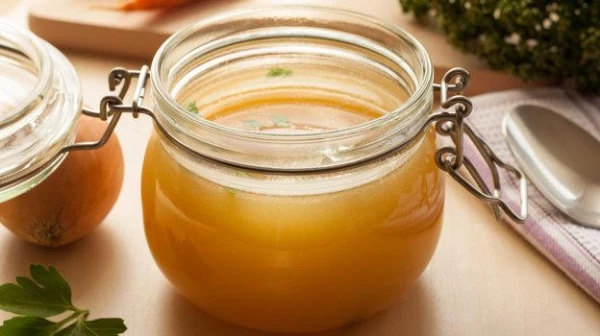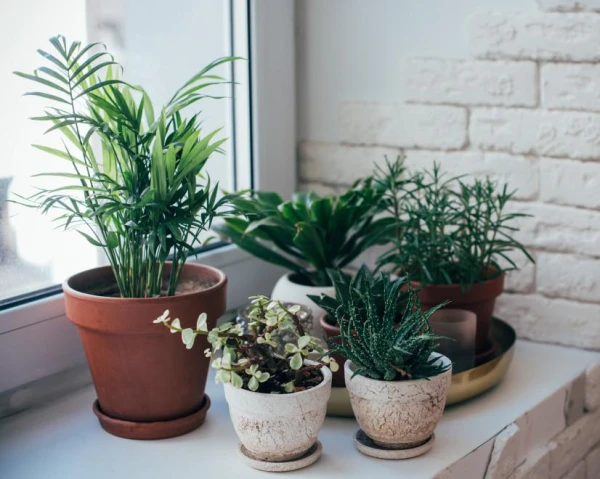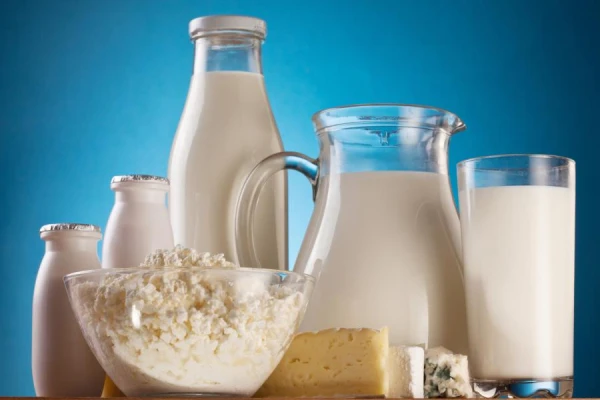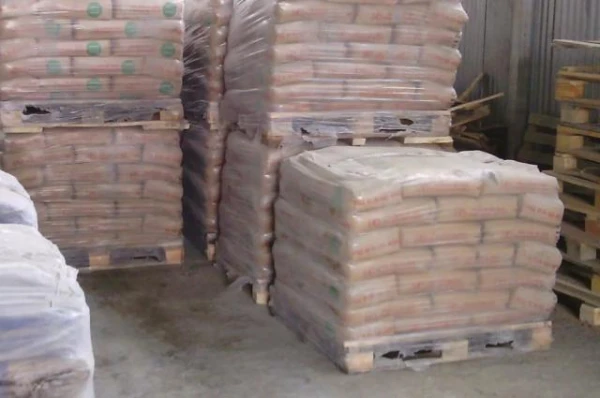
It’s nice to have vegetable broth always on hand — for soups, sauces, risottos, and stews. Indeed, you shouldn’t throw away the vegetables after the broth has been made. They have at least five wonderful uses.
Which vegetables are suitable for broth?
To prepare vegetable broth, root vegetables are primarily needed — the so-called soup roots (parsnip, celery, parsley, carrot). However, broth is often made from the most accessible and familiar vegetables that are always on hand. Carrots, onions, and potatoes form the most common base for broth. They can be supplemented with tuber and stalk celery, fennel, leeks, zucchini, cabbage, spinach, pumpkin, Swiss chard, sweet peppers, and tomatoes, including sun-dried ones, which add a rich umami flavor. It all depends on the season, taste preferences, and plans for further use. If you are making a “general-purpose” broth, it is better to avoid adding sweet peppers and any cabbage, as their distinctive flavor can overshadow the other ingredients.
When cooking broth, it is important that the ingredients fully release their aroma and flavor. For this, place the vegetables in a pot with cold water and lightly salt it. If the vegetables are placed in boiling water, they will not willingly release their aroma and flavor.
Pre-roasting the vegetables in a dry pan or with a drop of vegetable oil before using them for broth is also an option. However, when roasted, especially carrots and onions, they become sweet, which is not always appropriate.
So, we have cooked the vegetable broth by simmering the vegetables for about 30 minutes. The broth was strained, and the vegetables were discarded in a sieve. The broth can be used immediately or, after cooling to room temperature, stored in the refrigerator or even in the freezer. But what to do with the leftover vegetables? It is clear that they will not be as tasty, but they can be used to prepare other wonderful dishes.
What can be made from the vegetables left after making broth
Vegetable Meatballs
Pat the vegetables dry with a paper towel to remove excess moisture. Cut them into large pieces and mix with homemade cottage cheese or ricotta, grated hard cheese, breadcrumbs, and a pinch of salt. Knead until smooth, form balls the size of a large walnut, coat in breadcrumbs, and shake off the excess. Place on a baking sheet lined with parchment paper and bake in a preheated oven at 180 °C for 20 minutes.
To help the mixture hold together better, you can add an egg beaten until smooth. The meatballs can also be fried or deep-fried.
Open Vegetable Pie in the Style of French Quiche
An excellent idea for vegetarian baking. Pat the vegetables dry with a paper towel, chop, and mix with a mixture of egg, cream, grated hard cheese, salt, and freshly ground black pepper. Prick the shortcrust pastry base laid in a heatproof dish with a fork and pre-bake until golden brown. Fill the “basket” of the pastry with the prepared mixture and bake in a preheated oven at 180 °C for 35-40 minutes or until fully cooked.
Instead of one large pie, you can make portioned mini-quiches using the same ingredients. If the filling seems too bland, add curry powder, thyme, or ground paprika.
Bruschetta with Vegetables
Delicious bruschetta can be made from the leftover vegetables. Pat the vegetables dry with a paper towel, cut them into large pieces, and sauté in butter. Rub toasted whole grain bread with garlic. Top with warm vegetables, drizzle with extra virgin olive oil, sprinkle with finely grated cheese, such as pecorino, and, if desired, finely chopped red chili pepper (with or without seeds).
Lazy Dumplings with Vegetables
This recipe allows you to use both the vegetables left after making broth and stale wheat bread. Pat the vegetables dry with a paper towel. Soak the bread in warm milk or water and squeeze well until it turns into almost a paste. Mix with the chopped vegetables, an egg beaten until smooth, and a small amount of grated hard cheese, salt, freshly ground black pepper, and a pinch of grated nutmeg. Form small balls or dumplings from the mixture and boil in the broth. Serve the lazy dumplings with vegetables with butter or sour cream. Alternatively, drain the boiled dumplings in a colander and then sauté in butter until golden brown.
Vegetable Casserole
Blend the vegetables from the broth in a blender until smooth. Add some boiled potatoes, roughly mashed with a potato masher, to make the mixture denser and more uniform in texture. Season with salt, freshly ground pepper, and dried garlic. Mix with an egg beaten until smooth, diced bacon or cubes of boiled ham, chicken, or even meat. Transfer to a heatproof dish greased with vegetable oil and sprinkle with breadcrumbs mixed with chopped hazelnuts or cashews. Bake in a preheated oven at 180 °C for 25-30 minutes or until fully cooked. Serve with your favorite sauce and finely chopped herbs.













